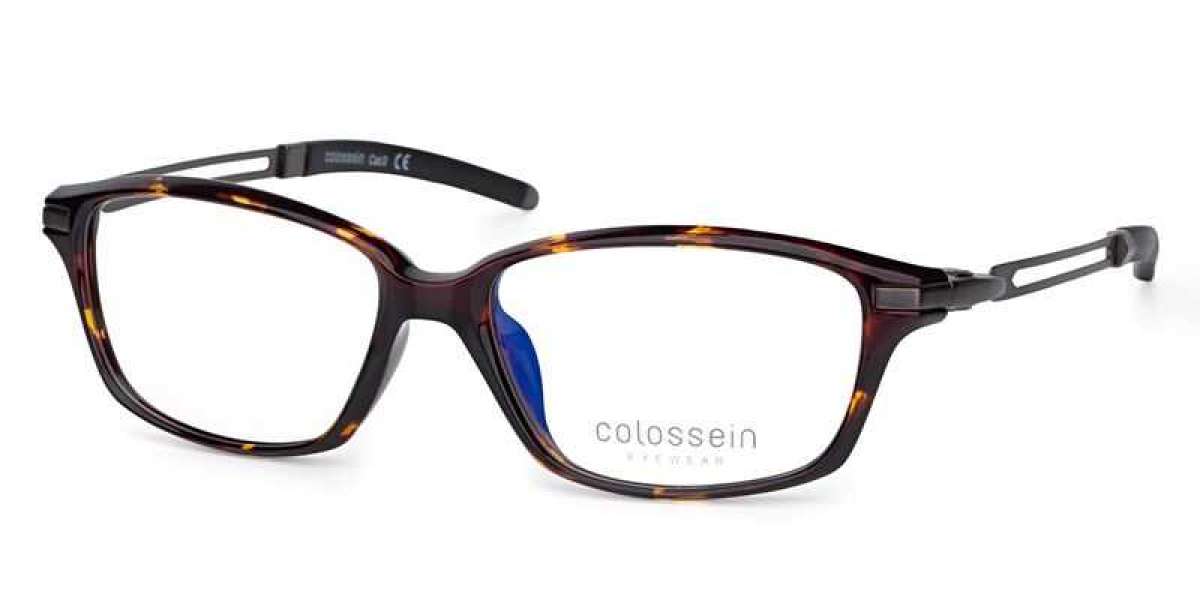Anti blue light glasses mainly reflect harmful blue light by coating the surface of the lens or absorbing harmful blue light by adding anti-blue light factors to the lens substrate, thereby achieving the blocking of harmful blue light and protecting the eyes.
Is the blue light on the screen harmful to the human eye? According to industry standards, LED light sources used in daily use, such as mobile phones, computers, and other display products, are mostly blue light excited LED light sources, with their main peak wavelengths ranging from 450nm to 470nm. However, after technical processing, the LED light source has avoided the wavelength range that causes the greatest harm to the human eye, so the LED light source seen in daily life is not harmful to the human body.
So why do we still need anti-blue light glasses? Is it really an IQ tax? The peak wavelength of screen light sources in electronic products has already avoided the wave band that causes harm to the human body. Harmful blue light can objectively harm the human eye: if you need to stare at the screen for a long time, due to the cumulative effect of a long time, it can cause visual fatigue; Working in a blue light environment for a long time can have an impact on the macular area of the retina over time, increasing the likelihood of macular degeneration in old age. In both cases, appropriate protective measures can be taken, and a suitable pair of blue light glasses is essential.



